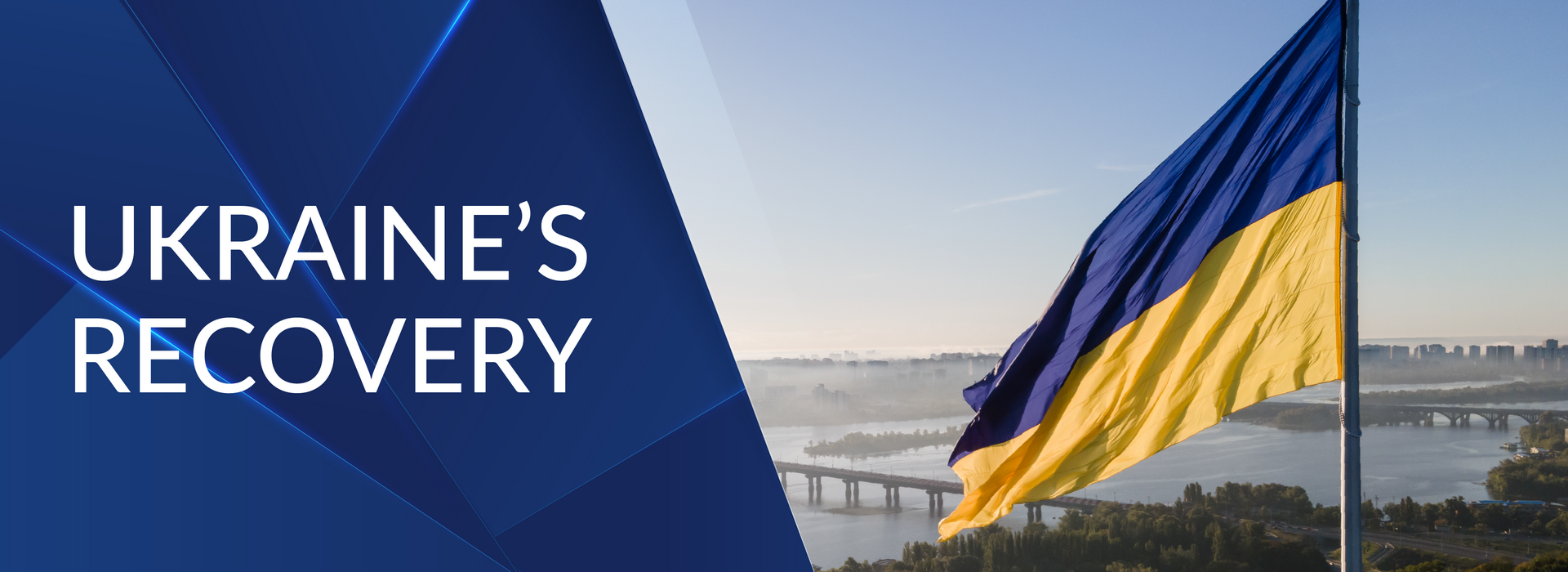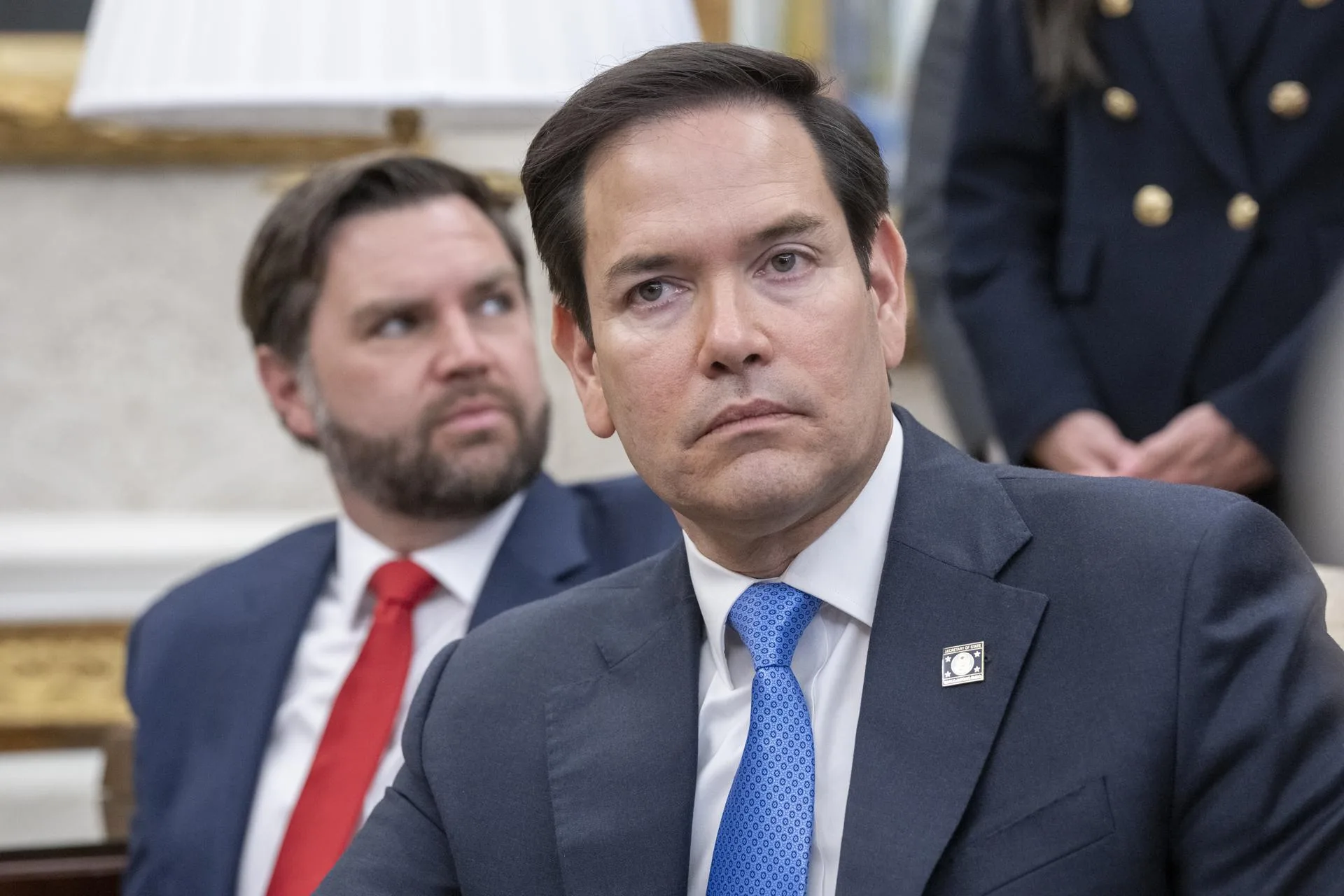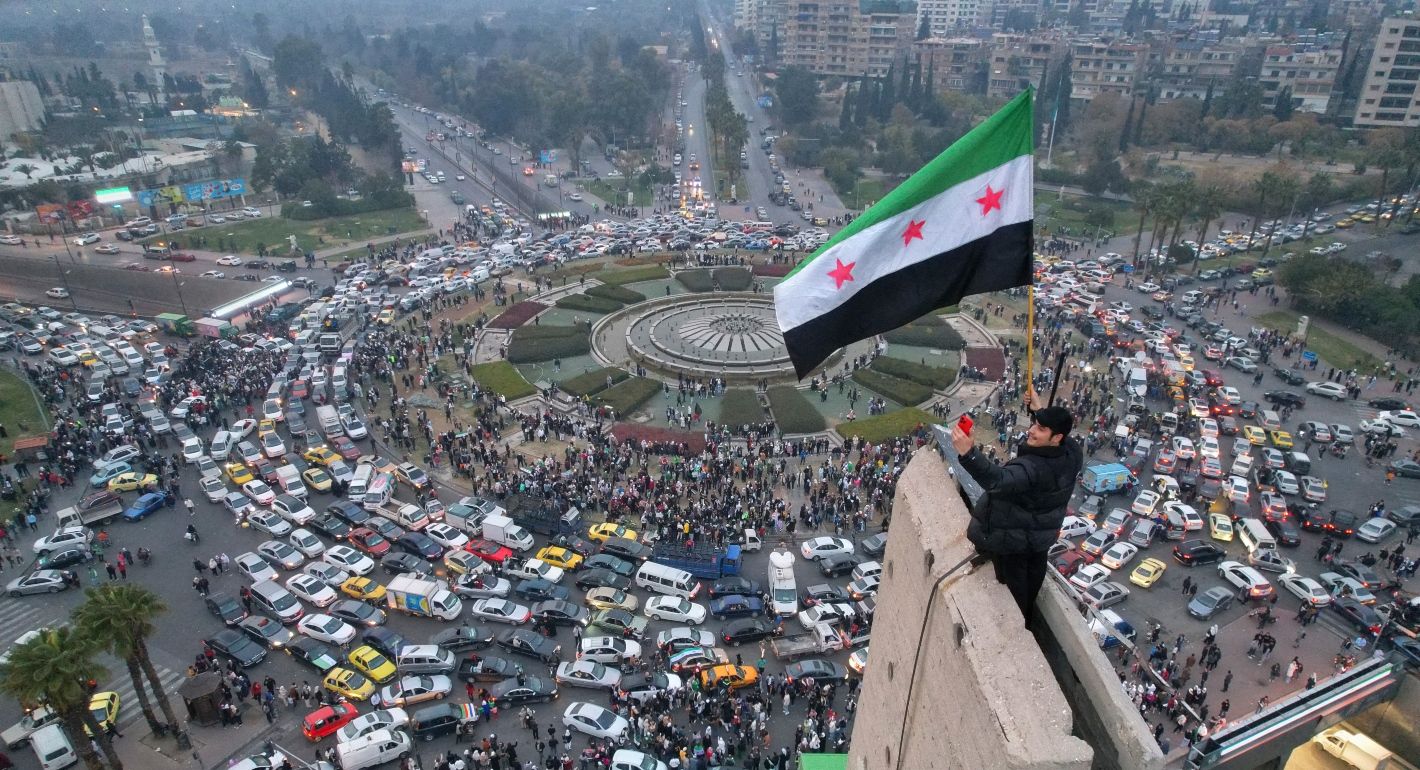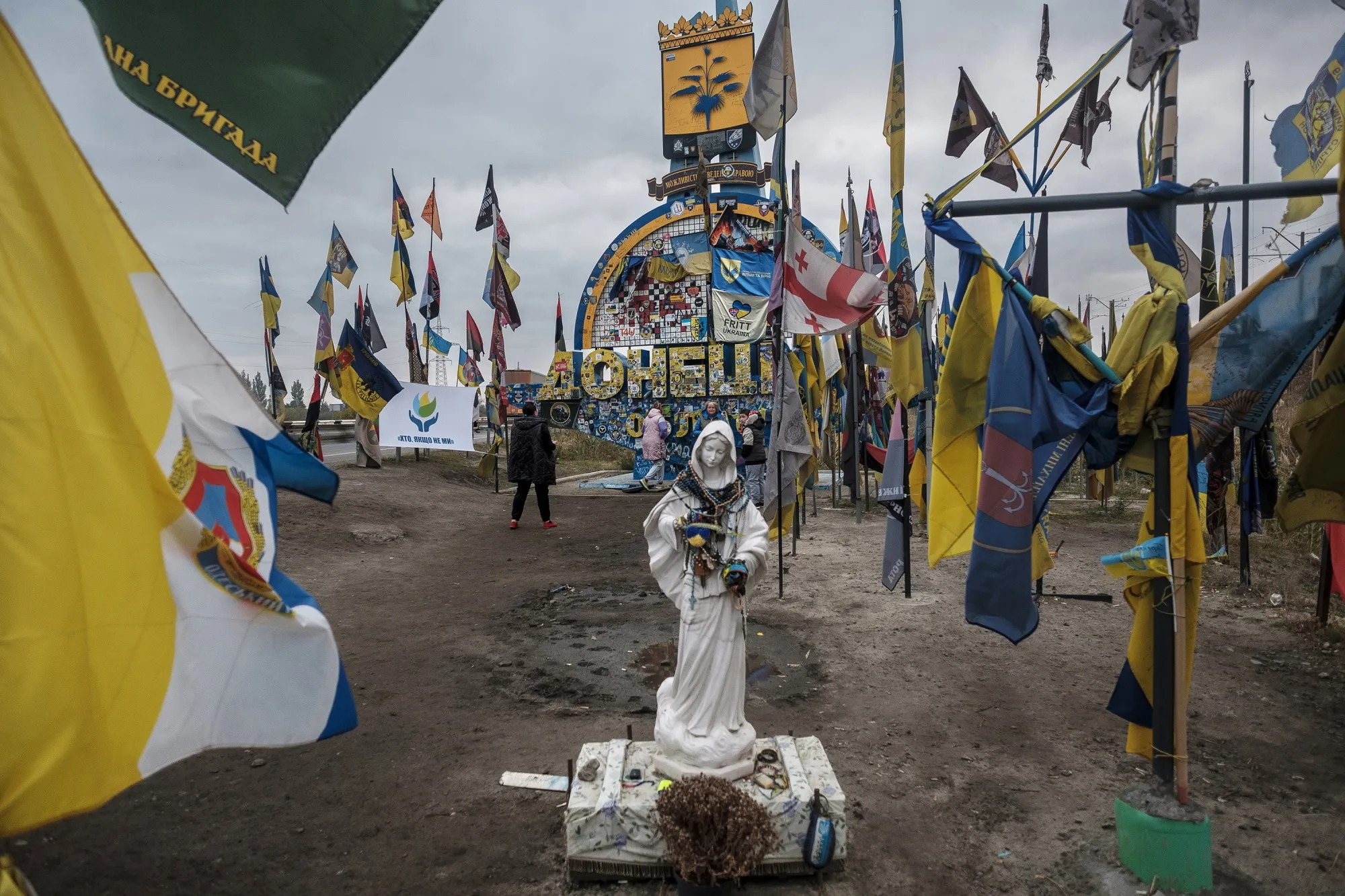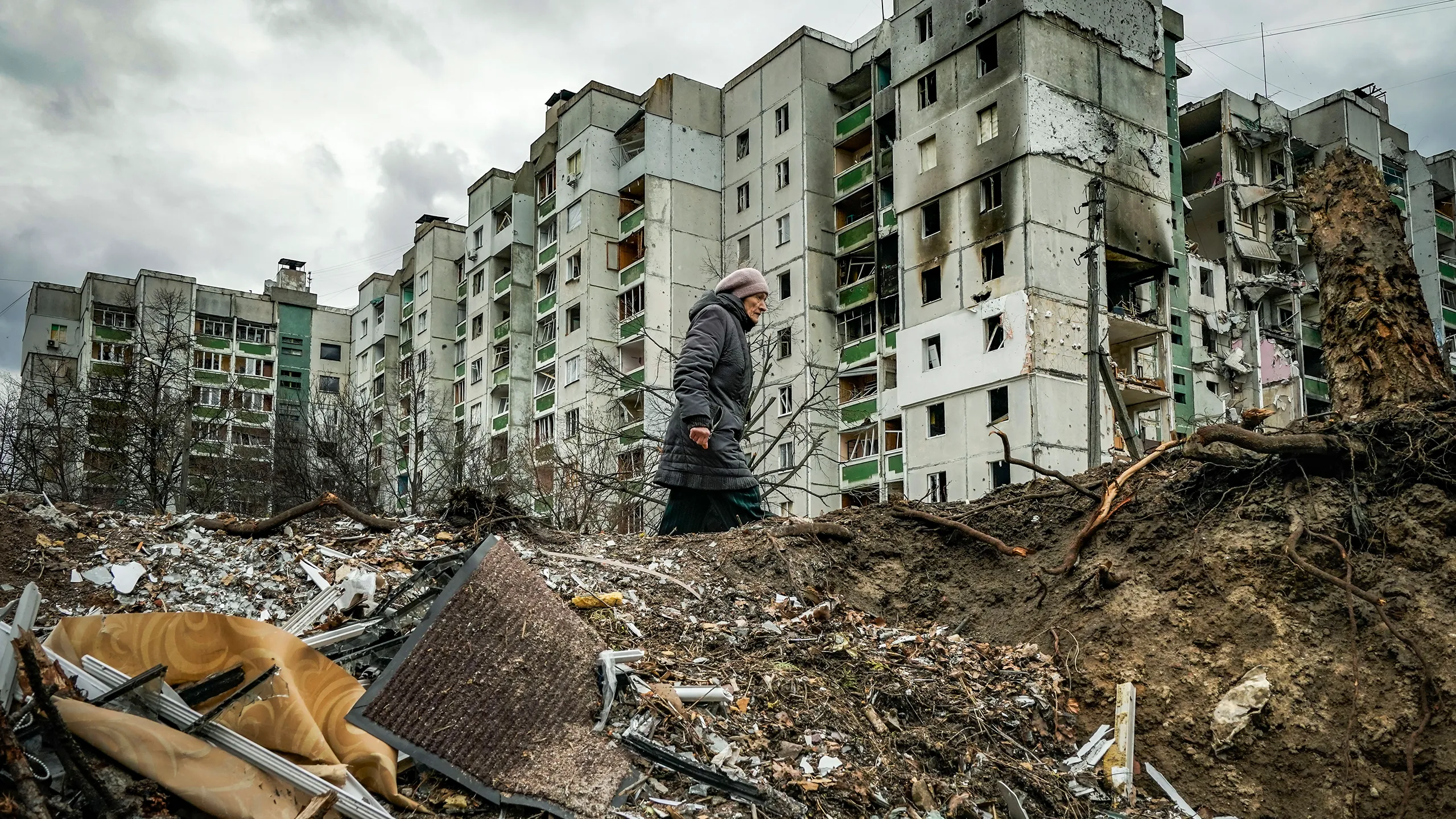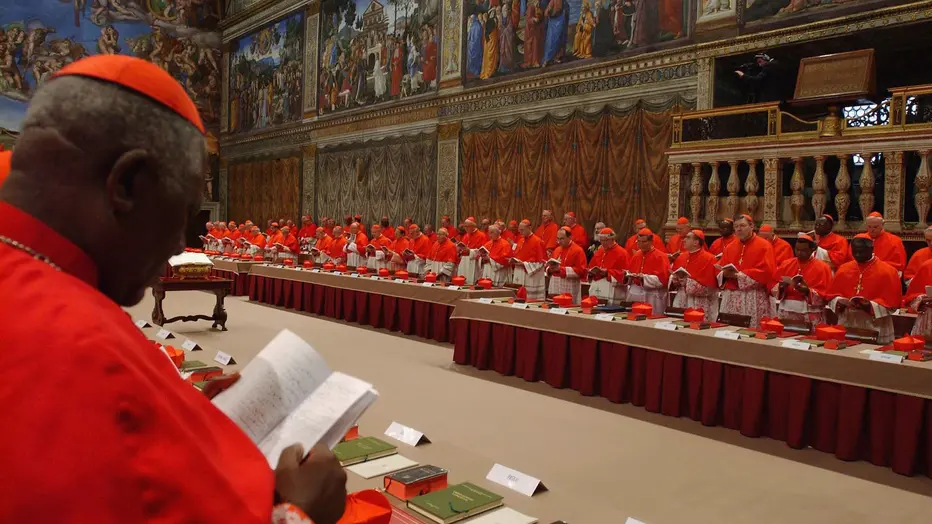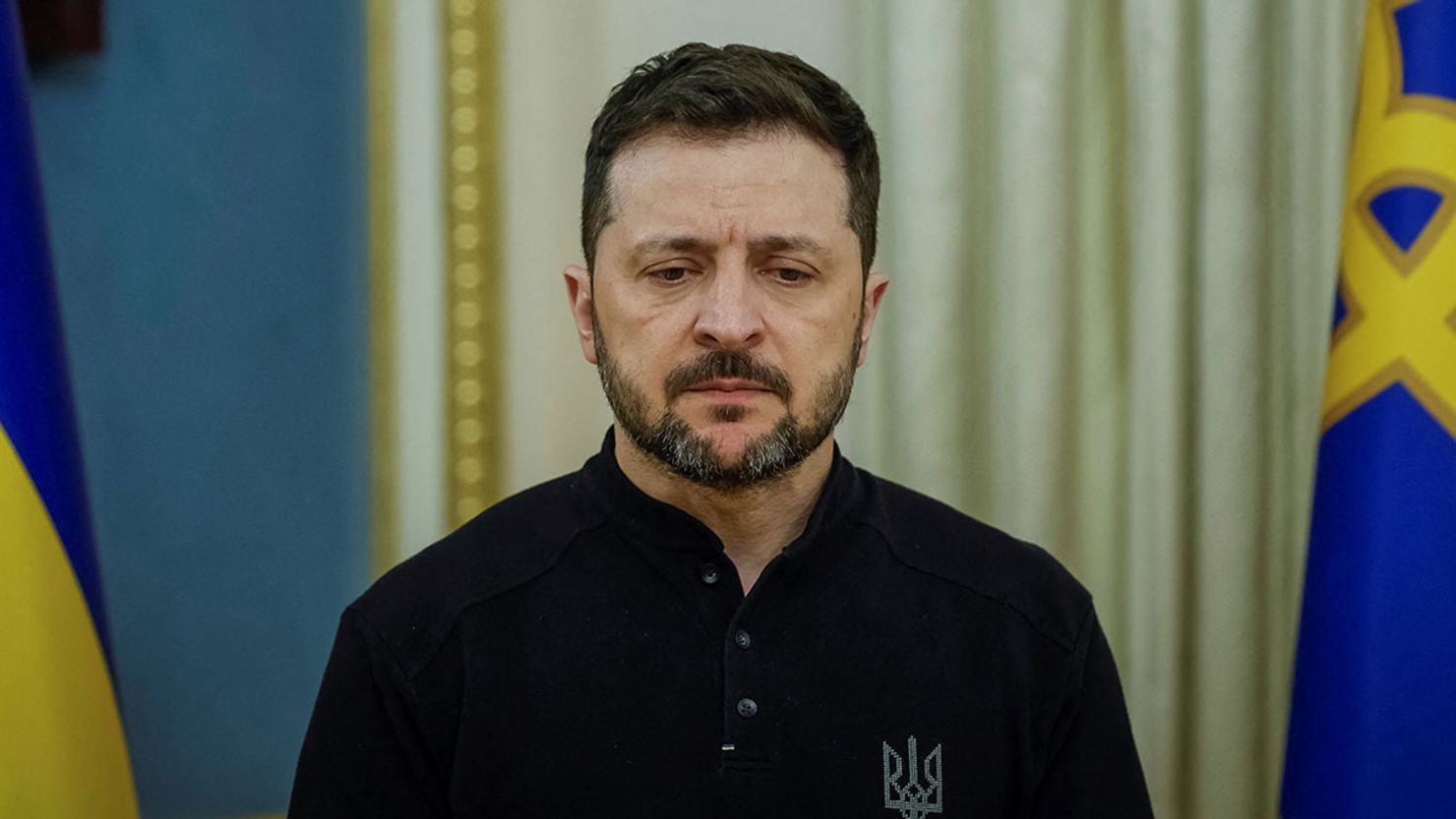Price of Recovery: Financing Ukraine’s Post-War Reconstruction
The devastating war in Ukraine has not only reshaped the geopolitical map of Europe but also inflicted catastrophic damage on the country’s infrastructure, economy, and human capital. As the guns begin to fall silent and diplomatic negotiations inch toward a possible ceasefire, the next monumental challenge looms: rebuilding a shattered nation.
According to The Times, current estimates put the cost of Ukraine’s reconstruction at approximately £400 billion — an astronomical figure that underscores the scale of destruction wrought by years of conflict. Entire cities have been reduced to rubble, critical energy networks destroyed, and vital sectors like healthcare, education, and transport severely crippled. Beyond physical damage, the war has displaced millions of people, disrupted agricultural production, and ravaged industries essential for Ukraine’s economic independence and growth.
Addressing this reconstruction task will require not just massive financial resources but also international coordination, political will, and long-term commitment. Against this daunting backdrop, a controversial but potentially decisive mechanism has entered serious discussion: the seizure and repurposing of Russia’s frozen assets abroad.
It is widely believed that, as part of the broader peace agreement, Russia could see £225 billion of its frozen assets seized and redirected toward Ukraine’s rebuilding efforts. These assets — held primarily in European, North American, and other allied financial systems — were frozen early in the conflict as part of sweeping international sanctions against the Russian government and affiliated entities.
The proposal to use these funds marks a historic precedent: rarely has the international community sought to directly reallocate the sovereign wealth of an aggressor state to finance the reconstruction of the nation it attacked. Advocates argue that it is only just for the perpetrator of such massive destruction to bear the financial responsibility for recovery. It would also significantly relieve the pressure on Western taxpayers and multilateral institutions, who might otherwise be called upon to foot a large part of the bill.
However, the path to seizing and reallocating these assets is legally and politically fraught. Concerns abound regarding international law, property rights, and the potential long-term consequences for global financial systems. Critics warn that bypassing traditional legal norms could unsettle global markets and set dangerous precedents, potentially inviting similar actions in other political contexts. There is also the risk of retaliation by Moscow, both diplomatically and economically.
Nonetheless, momentum is growing behind the idea. Several Western leaders have voiced support for innovative legal mechanisms to enable the transfer of frozen Russian assets into a special fund dedicated to Ukraine’s reconstruction. If successfully implemented, this approach could provide over half the necessary funds, offering Ukraine a much-needed lifeline as it embarks on the long road to recovery.
Rebuilding Ukraine will be about more than repairing roads and bridges. It will require restoring institutions, healing divided communities, attracting foreign investment, and ensuring security guarantees to prevent future aggression. It is a generational project — and one that will define the future of Europe and international law for decades to come.
In the coming months, decisions made about these frozen assets will not only shape Ukraine’s physical landscape but will also send a powerful message to the world: that aggressors will be held accountable not just in the courts of law, but in the rebuilding of what they tried to destroy.

